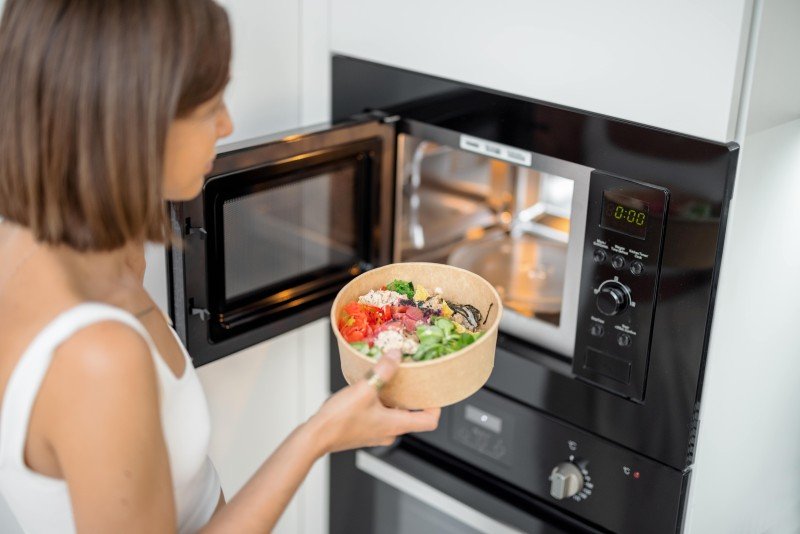This Is The History Of Hob And Oven In 10 Milestones
Understanding Hobs and Ovens: The Essential Kitchen Appliances
In the world of kitchen home appliances, couple of products are as important as hobs and ovens. These devices form the foundation of cooking activities, allowing individuals to create whatever from simple meals to elaborate banquets. Comprehending the distinctions, types, and functionalities of hobs and ovens can substantially enhance one's cooking experience. see page explores the complexities of hobs and ovens, offering insights that cater to both novice and experienced cooks.
What Is a Hob?
A hob, often described as a cooktop or range top, is the flat surface area on which pots and pans are positioned for cooking. Hobs are geared up with heating aspects that generate the required heat for cooking food. They are available in different types, consisting of gas, electric, induction, and ceramic options. Each type uses distinct advantages and drawbacks.
Kinds of Hobs
Gas Hobs:
- Heat Source: Natural gas or lp.
- Benefits: Instant heat control and responsiveness, preferred by lots of chefs for precise cooking.
- Downsides: Requires a gas connection and can be less energy-efficient.
Electric Hobs:
- Heat Source: Electric coils or smooth glass-ceramic surface areas.
- Benefits: Generally simpler to clean, even heating, and extensively readily available.
- Drawbacks: Slower to heat up and cool off compared to gas.
Induction Hobs:
- Heat Source: Electromagnetic currents.
- Benefits: Quick heating, energy-efficient, and just heats up the pots and pans, not the surrounding surface.
- Downsides: Requires suitable cookware (ferrous products).
Ceramic Hobs:
- Heat Source: Electric and has a smooth glass surface area.
- Advantages: Sleek look, simple to tidy, and even heating.
- Disadvantages: Can take longer to warm up and cool off.
What Is an Oven?
An oven is an enclosed home appliance that cooks food by surrounding it with dry heat. Ovens can be standalone units or combined with hobs in a single appliance referred to as a range. Ovens are versatile tools that can be utilized for baking, roasting, broiling, and more.
Kinds of Ovens
Traditional Ovens:
- Heat Source: Electric or gas.
- Advantages: Good for conventional baking and roasting.
- Disadvantages: Can have irregular heat distribution.
Convection Ovens:
- Heat Source: Electric or gas with a fan for distributing air.
- Advantages: More even cooking and much faster cooking times due to airflow.
- Drawbacks: Can be costlier and might require adjustments in cooking times.
Microwave Ovens:
- Heat Source: Microwaves.
- Advantages: Quick cooking and reheating; fantastic for thawing.
- Downsides: Can not brown or crisp food well.
Steam Ovens:
- Heat Source: Steam generation.
- Benefits: Retains nutrients and wetness in food, much healthier cooking alternative.
- Disadvantages: Longer cooking times and generally higher expense.
Key Differences Between Hobs and Ovens
While hobs and ovens serve the primary function of cooking food, their performances and uses differ substantially. The following table sums up these essential distinctions:
Feature
Hob
Oven
Cooking Method
Direct heat
Confined heat
Main Use
Boiling, sautéing, frying
Baking, roasting
Heat Source
Gas, electric, induction
Gas, electric, steam
Cooking Area
Flat surface area
Enclosed area
Cooking Time
Generally much faster
Varies based on meal
Control & & Precision
Immediate and direct
Depend on settings and timers
Advantages of Using Hobs and Ovens Together
Integrating making use of a hob and an oven can significantly boost the cooking process. Here are some benefits:
- Versatility: Different types of food can be cooked concurrently.
- Effectiveness: Using both permits different cooking methods, such as burning on the hob and baking in the oven.
- Time-Saving: Multi-tasking can considerably lower general cooking time.
Upkeep and Care
To make sure the longevity of hobs and ovens, regular maintenance is vital. Here are some pointers:
For Hobs:
- Clean spills instantly to prevent staining.
- Usage appropriate cleaners for particular products (e.g., ceramic cleaner for glass-ceramic hobs).
- Routinely inspect gas connections for leakages (for gas hobs).
For Ovens:
- Wipe down the interior after each usage to avoid build-up.
- Use self-cleaning functions if readily available, or use oven cleaners for hard discolorations.
- Routinely inspect seals and gaskets for wear and tear (to keep heat efficiency).
Frequently asked questions About Hobs and Ovens
1. What is the very best kind of hob for a novice cook?
Answer: A ceramic or electric hob is often suggested for novices due to alleviate of usage and cleaning.
2. Can I utilize any cookware on an induction hob?
Answer: No, induction hobs need pots and pans made from magnetic materials (e.g., cast iron or stainless steel).
3. How frequently should I clean my oven?
Response: It is advisable to clean your oven every couple of months, or more frequently if you utilize it often.
4. Is it much better to bake in a stove?
Answer: Yes, convection ovens are often much better for baking as they provide even heat distribution. Nevertheless, some fragile recipes may gain from standard ovens.
Comprehending the functionality and differences in between hobs and ovens is important for any cooking lover. Whether one chooses the instantaneous heat of a gas hob or the precision of an induction cooktop, each type offers special advantages. Likewise, ovens differ commonly in function, from conventional baking to steam cooking. By valuing these devices' roles in cooking, cooks can enhance their culinary abilities and simplify their kitchen activities.
